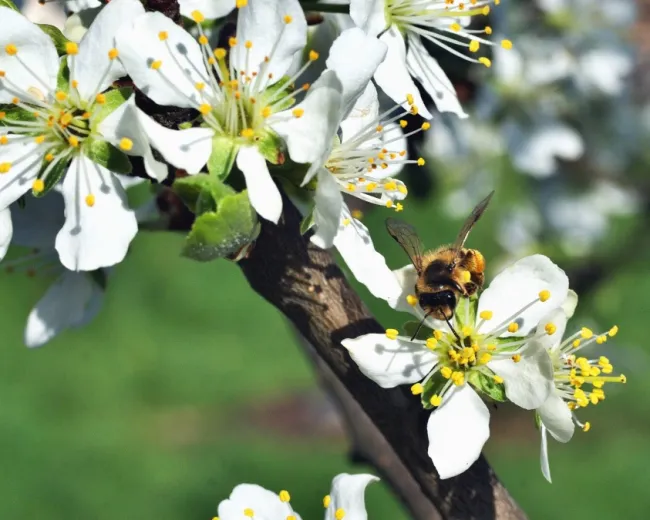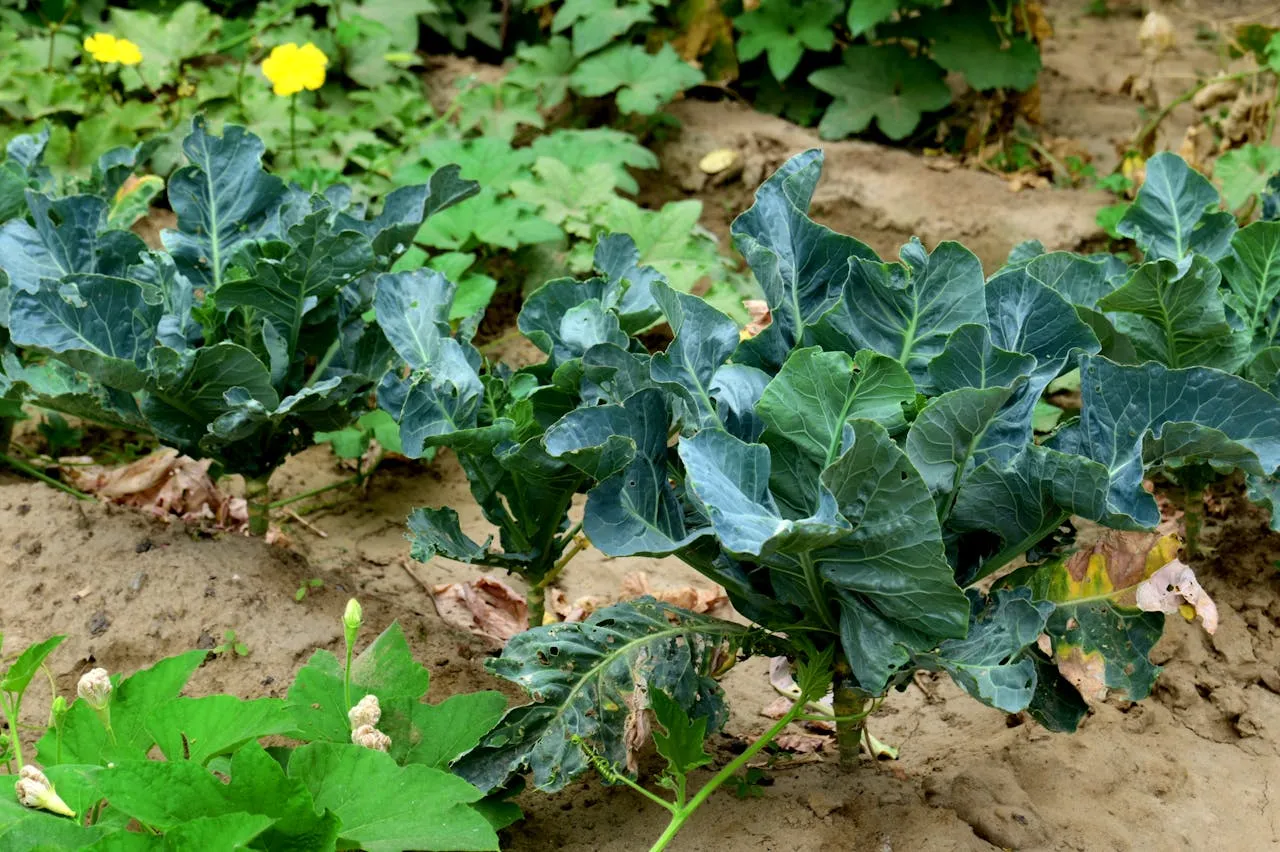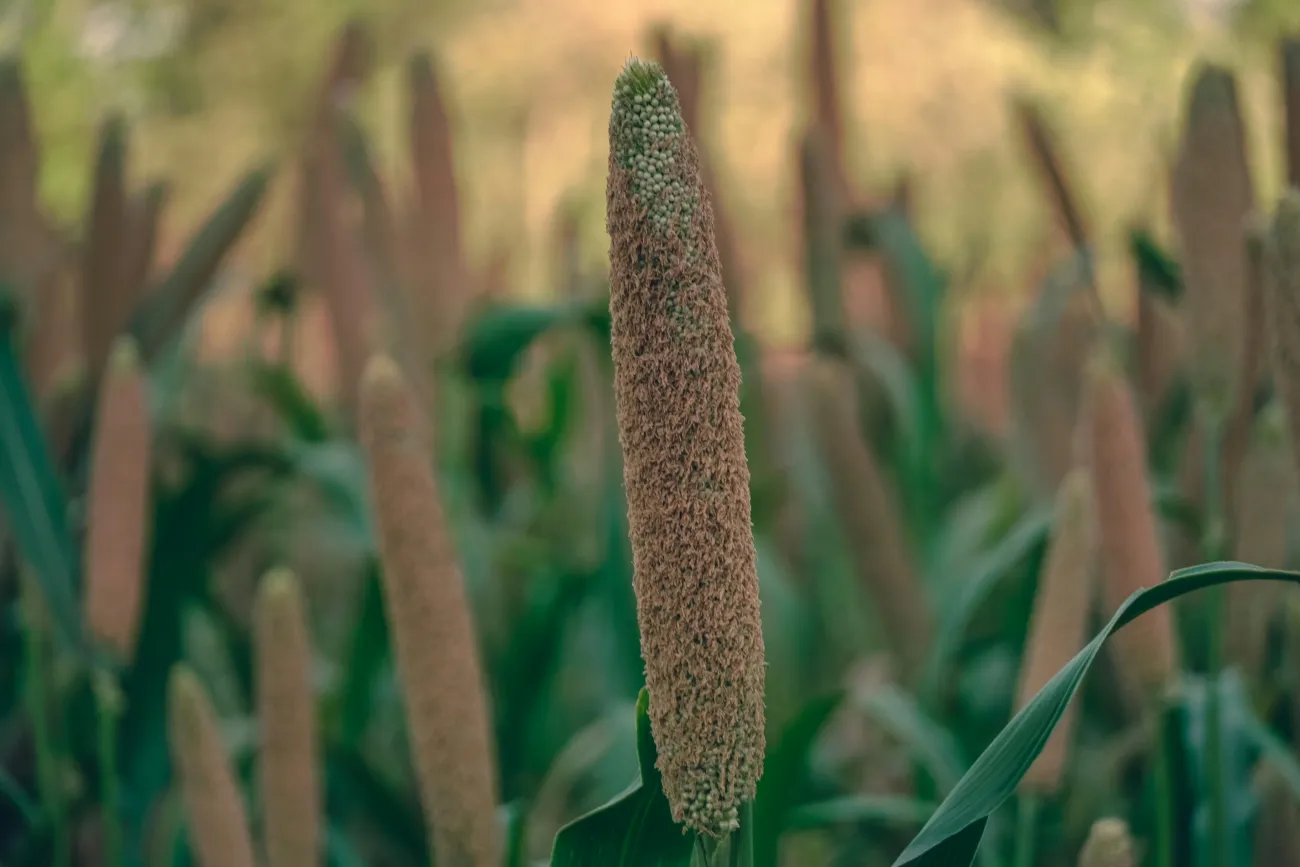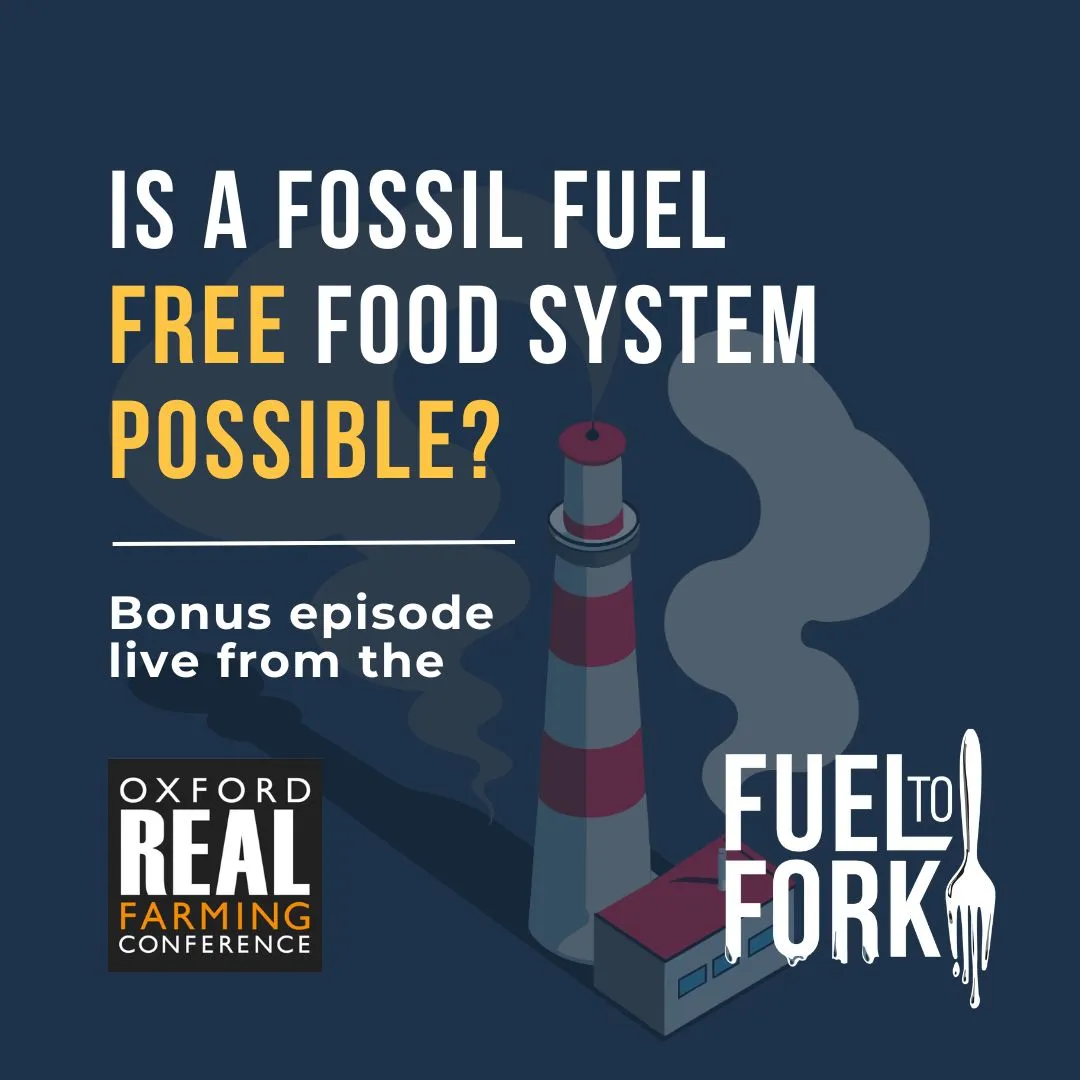This study surveys declining pollinator populations and the threat to agricultural production this poses at a time when (the paper argues) higher yields and farm efficiencies are needed. It outlines how woody habitats such as trees and hedgerows can be used on agricultural land to aid conservation of pollinators.

The European Union’s Common Agricultural Policy (CAP) encourages crop diversification, protection of grasslands, and planting of floral strips to help maintain pollinator populations. Reviews of the effectiveness of these measures show that they have benefits at the farm level but limited results at the landscape scale. Therefore, this paper argues, landscape-level insect pollinator conservation requires new strategies to increase pollen and nectar sources over the growing season.
Plantings of trees and shrubs in hedgerows increases pollinator forage beyond that provided by crop diversification and floral strip planting. This is due to greater variety of pollen sources available at different times of the year and denser forage targets that are more attractive to pollinators. Trees and hedgerows also provide other ecosystem services including reduced surface water flow, carbon sequestration, and nesting and overwintering sites for pollinators.
The study suggests using computer simulation technologies to better understand how landscape structure (including areas of woodland or hedgerow) influences pollinator foraging, and to design landscapes for attracting and supporting pollinators. It argues that this would be a cost-effective conservation strategy to achieve multiple ecosystem goals.
Abstract
Limited resources and land-use pressures require more efficient conservation strategies, from increasingly limited input. Pollinator declines are threatening food security and natural capital. I present a novel perspective on landscape level pollinator conservation from across multiple scientific fields. I examine the value of landscape structure provided by trees and hedgerows compared with floral strips, and discuss use of computer simulation technologies for understanding how spatial structure impacts pollinators’ ability to forage.
All bees forage on a mixture of both flowering plants and tree species. Honeybees have a detectable preference for foraging on trees, even when sparse. The spatial information provided by trees and hedgerows positively impacts formation of the “cognitive map”, making pollination and foraging more efficient. Woody habitat features like trees and hedgerows provide more efficient resources for pollinators in a number of ways. They are more efficient forage targets due to absolute resource density; tree and hedgerow planting could provide more optimised foraging landscapes for pollinators. Using computer simulation may enable us to study pollinator responses to landscape development at this scale. Woodland development results in non-pollinator ecosystem services, representing a more cost-effective conservation strategy. Moving forward we need to identify the key impediments to its successful implementation.
Reference
Donkersley, P., 2019. Trees for bees. Agriculture, Ecosystems & Environment, 270, pp.79-83.
Read the full paper here. See also the Foodsource building block What is land use and land use change?




Comments (0)